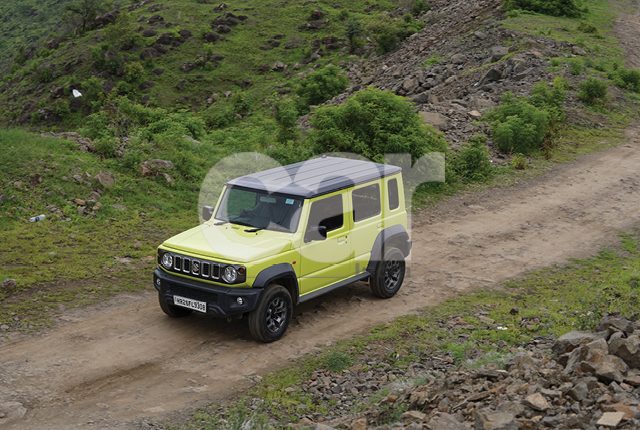
Does the Maruti Suzuki Jimny AT manage to leave a mark on the hearts and minds of enthusiasts? We find out
Story: Sayantan De
Photography: Sanjay Raikar
It is no secret that we enthusiasts like to row our own gears, that feeling of smoothly downshifting into a corner or slamming the gear home on a spirited launch, all of these experiences help us connect with our cars at a more intimate level. However, considering how congested our roads have become over the years and the pathetic traffic conditions that plague most of our cities, it makes sense to have a car equipped with an automatic transmission as your daily. While the Maruti Suzuki Jimny is competent enough to fill a single-car garage with a little bit of a compromise, is the automatic version worthy of that coveted spot in an enthusiast’s one-car parking? We drove it in the city, on the highway as well as on some trails to find the answer to this question.
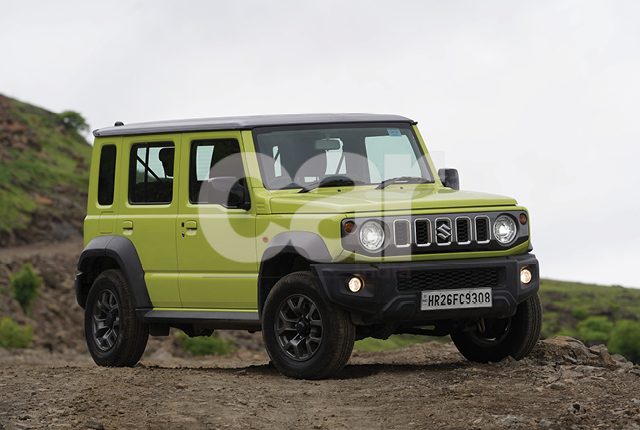
A lot has been said about the looks of the Jimny, but I would still like to touch upon the fact that pictures fail to convey how absolutely tiny it is, with a much narrower track than other 4x4s in a similar price bracket. While the Jimny has grown in size over the Gypsy, the wheelbase is actually shorter, though the track is wider. Also, the Jimny is taller than it is wide, which gives it a rather unique stance. Park a Jimny next to a Gypsy and even the most obtuse observer would be able to discern that the former is a successor to the latter. The round headlights seal the deal.
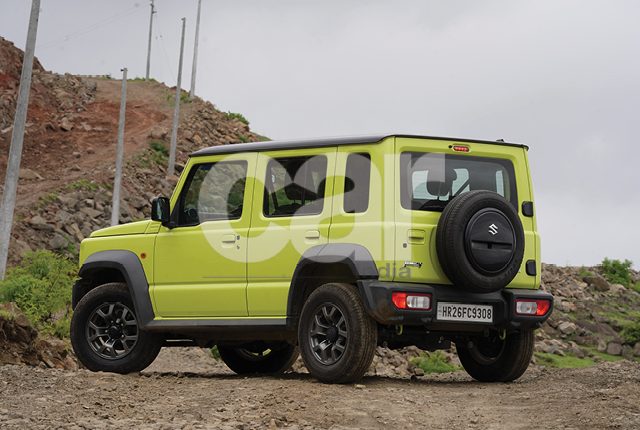
Speaking of the headlights, these come with washer jets, a feature that was commonplace on 1990s luxury cars but is seldom seen these days, and the Jimny has other features as well, such as wireless Apple CarPlay and Android Auto. The Alpha trim on top of that gets LED headlights, fog-lights as standard, a larger nine-inch infotainment screen, cruise control, and automatic climate control. The Zeta trim misses out on these aforementioned niceties and the alloy wheels. The interior materials are decent and the analogue console is decked in orange lettering, a throwback to the 1980s if ever there was one.
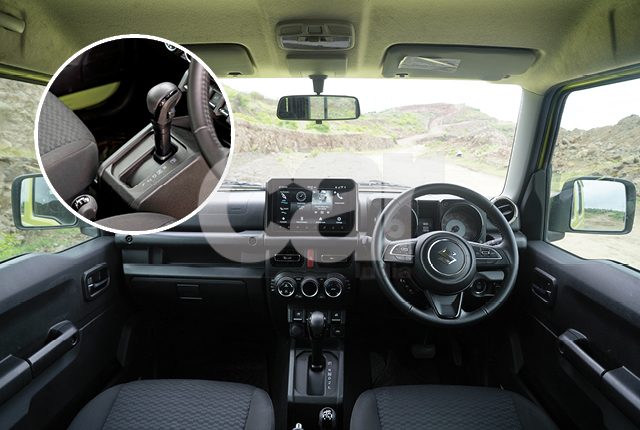
Because of the way the car is built, along the lines of classic off-roaders, the door-cards are flat and there is no room for your water bottle there. In fact, the interior is characterised by its spartan nature, as evidenced by the weapons-grade grab-handle for the front passenger.
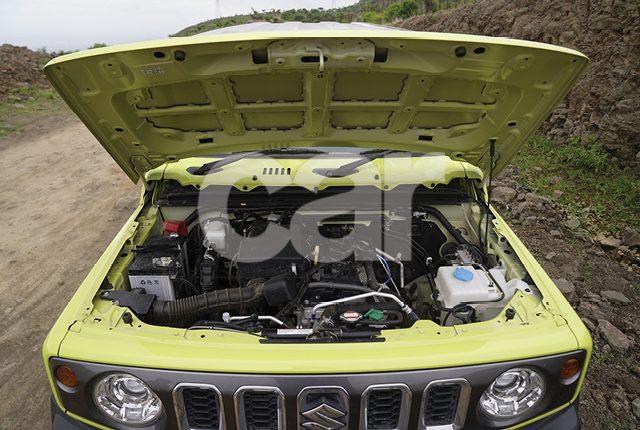
The Jimny comes with a 1.5-litre, four-cylinder, naturally aspirated petrol engine that pushes out a modest 105 hp at a very Japanese 6,000 rpm and a reasonable 134 Nm of peak torque at a slightly high 4,000 rpm. However, on the move, the engine feels sprightly, though there’s a gruff undertone to it, unlike every Suzuki powerplant I have ever come across. Truth is I kind of liked it, as cars these days are way too refined and disconnected and the Jimny flies in the face of this. Acceleration is brisk, though you have to keep your foot down on the surprisingly thin loud pedal to make your intent clear to the automatic, which then hitches up its skirt and sprints ahead. In normal driving, the automatic shifts up as quickly as possible, in the interest of fuel economy. Not having to shift was something I thoroughly enjoyed during the drive through city traffic and though the automatic transmission is an older four-speed unit, it does the job well. On the highway, you are better off cruising rather than trying to set speed records, but the engine and the transmission are not the only reasons for that.
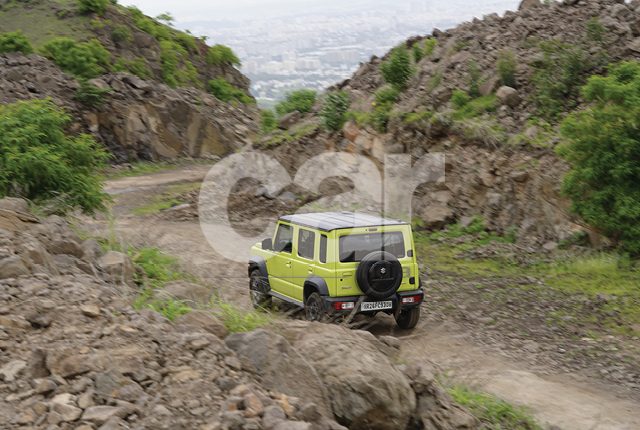
Built atop an honest-to-goodness ladder frame and underpinned by rigid axles, the Jimny is an absolute old-school off-roader. While this lends it nearly supernatural agility over rugged terrain, it also makes it pitch and roll a lot. The recirculating ball steering with its 4.25 turns lock-to-lock is nearly free of kickbacks on the trail but makes the front end feel vague on the tarmac. Everything that makes the Jimny exceptional on the trail works against it on paved surfaces. However, there is an upside to this—thanks to the pitching and rolling, the Jimny heightens the sense of speed unlike any other car and you feel like you are going much faster than you actually are, which makes driving it on the road a hoot-and-a-half. Off-roading with the automatic also allows the driver to use the 0-5 km/h speed range, which is impossible on the manual unless you engage the low-range.

Being able to crawl without stalling would be reason enough to pick the automatic over the manual. But there’s one more reason, which is peace of mind. The manual transmission on the Jimny has a service interval of three years/45,000 kilometres, whereas the automatic transmission has a service interval of 11 years/1,65,000 km (as stated in the owner’s manual) vis-à-vis transmission fluid. Considering most people would buy the Jimny to keep it long-term, it makes more sense to pick up the automatic in that respect.
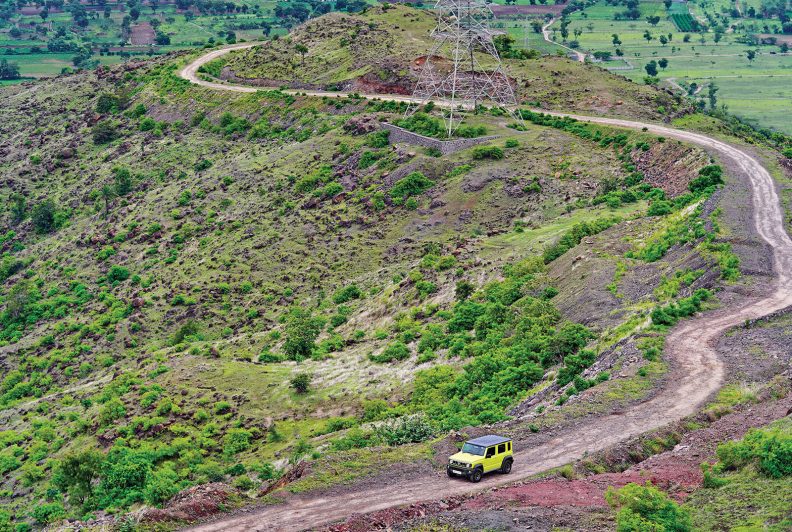
The price difference between the manual and the automatic is considerable, Rs 1.15 lakh to be exact, but I feel you would drive the Jimny a lot more, in the city, on the highway or out in the wild, if you opt for the automatic transmission. In the end, isn’t it what being a driving enthusiast is all about?


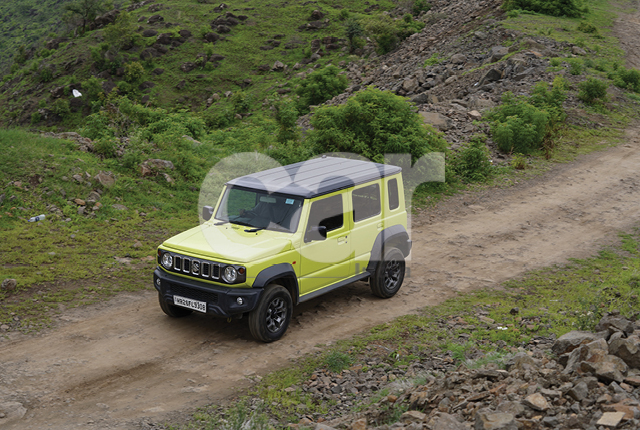



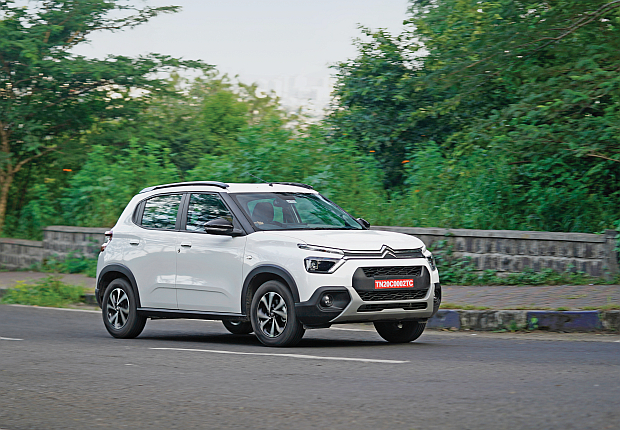


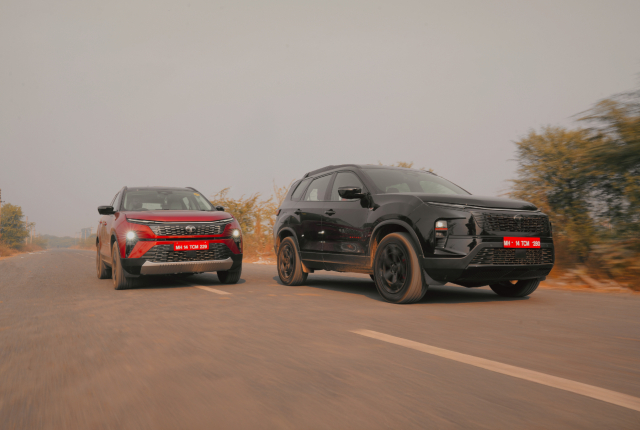
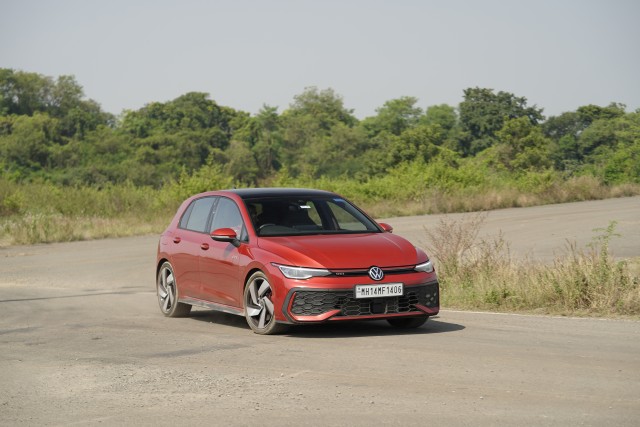


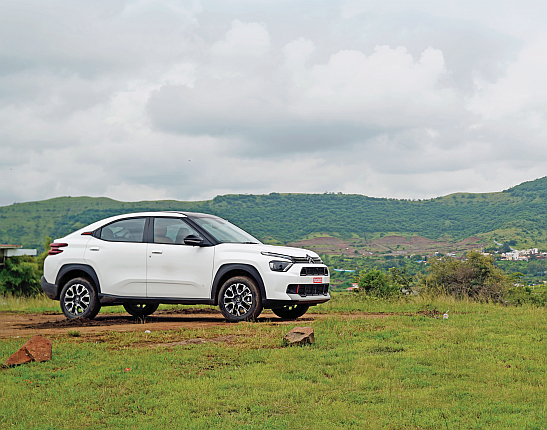
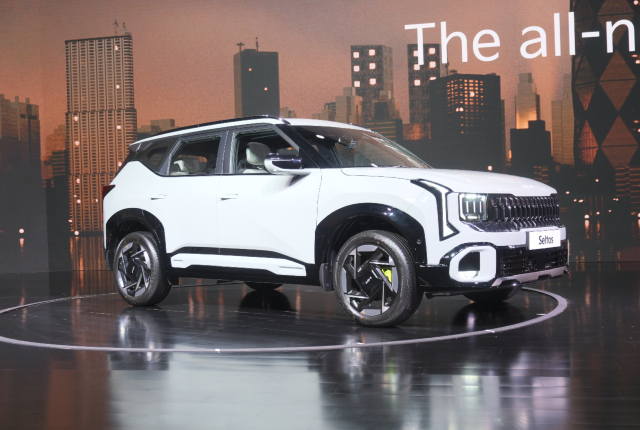
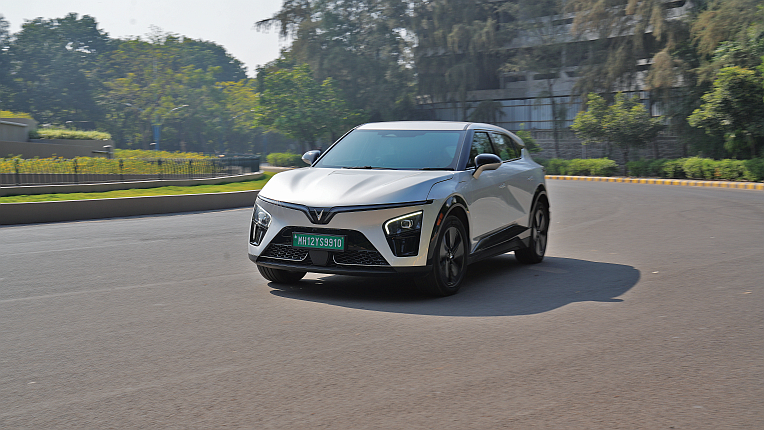

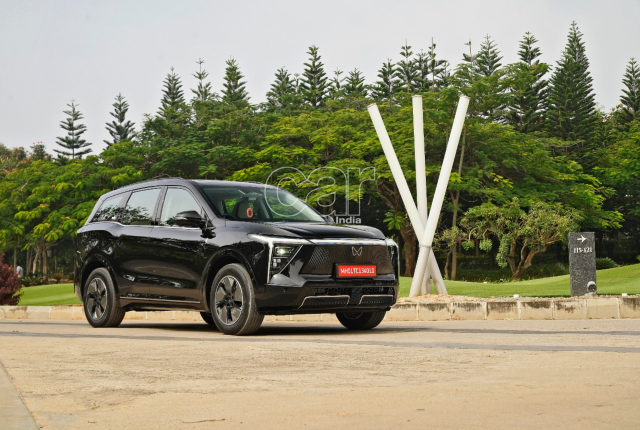
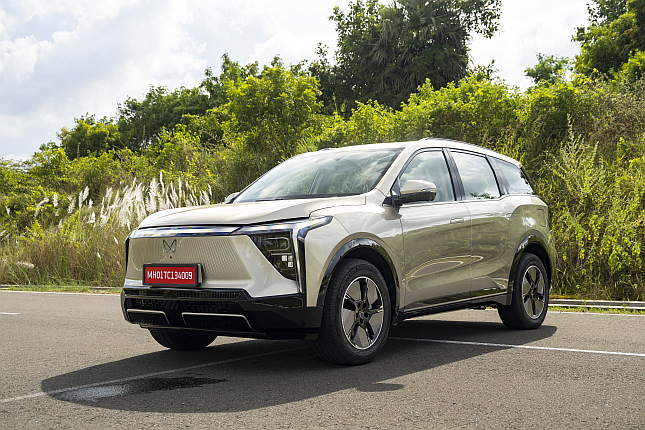

Leave a Reply